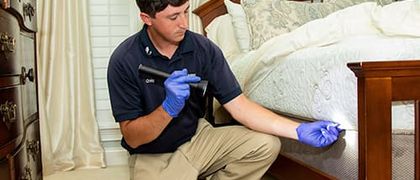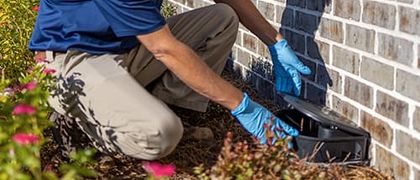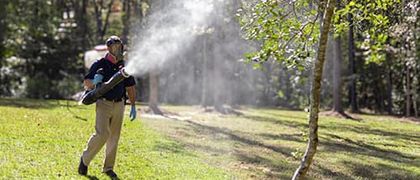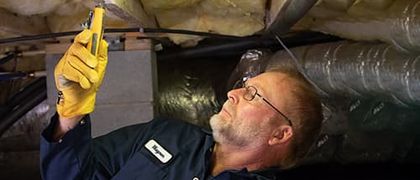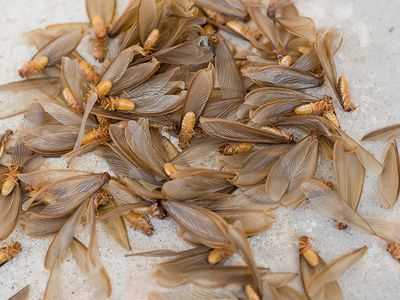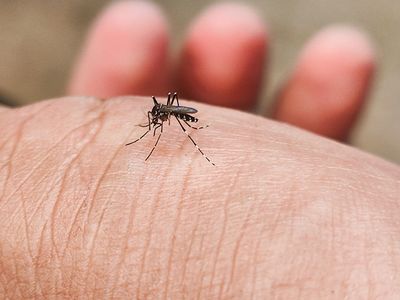What do roof rats look like?
Roof rats, also known as black rats or ship rats, are medium-sized rodents that measure 13-18 inches in length from nose to tail. They are slender rats, typically weighing in under a pound. Roof rats have black or dark brown bodies with lighter undersides. They have large ears and eyes and pointed noises.
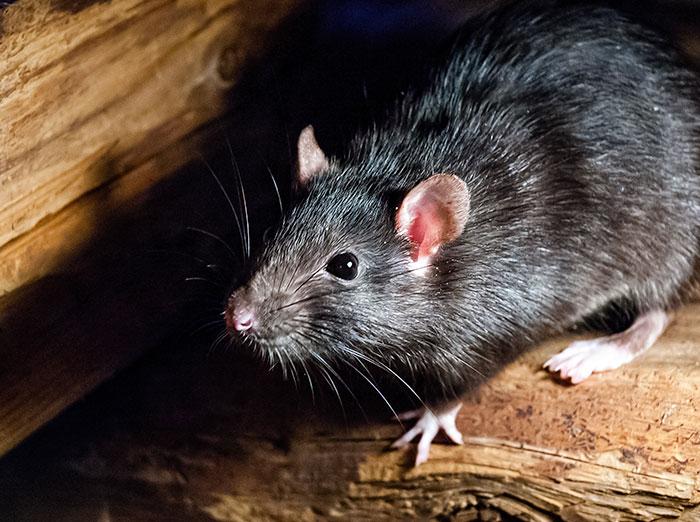
When are roof rats most active?
How do roof rats differ from Norway rats?
Roof rats are longer and thinner than Norway rats and their scaly tails are longer than their bodies, whereas Norway rats have tails that are shorter than the length of their bodies. Unlike Norway rats, roof rats are agile climbers and prefer elevated nesting locations.
Where do roof rats typically nest?
Roof rats prefer higher nesting locations such as attics, rafters, wall voids, false ceilings, and upper parts of buildings. Outdoors, roof rats build nests in heavy shrubbery, vine covered utility lines and fences, woodpiles, and storage boxes.
Are roof rats dangerous?
Yes, roof rats can pose serious health and safety risks. Like other rodents, they can carry and transmit disease to humans directly or indirectly. What’s more, their feces, urine, and saliva can contaminate food and surfaces.
How quickly do roof rats reproduce?
Like Norway rats and mice, roof rats reproduce rapidly, with females having several litters per year. What’s more, each litter contains multiple offspring.
What do roof rats eat?
Roof rats are omnivores and enjoy a varied diet. They will eat nuts, seeds, insects, fruits, and small invertebrates, such as slugs and snails. When they infest homes, they will consume stored food in kitchens and pantries.
How do I know if I have roof rats in my house?
Common signs of a roof rat problem include, but are not limited to:
- Dark, thin droppings
- Shredded paper, fabric, attic insulation and other nesting material in attics and other secluded areas
- Greasy rub marks left on surfaces where these rats travel along walls
- Scratching, squeaking, or scampering sounds coming from walls and ceilings, especially at night
- Unusual pet behavior such as staring at a wall for extended period of time
- Foul odor that could be due to droppings, urine, or a dead rat
How do roof rats get inside?
Since roof rats are adept climbers, they often find their way into homes and buildings by exploiting gaps and holes along the roof, as well as openings around damaged vents, pipes, and other utility entrances.
Although roof rats are more likely to go to higher ground, they may slip inside through gaps around doors and windows and openings on ground level.
What should I do if I suspect a roof rat infestation?
If you’ve found evidence of a roof rat problem, there are plenty of traps, baits, and other DIY options available to you. However, if used improperly or in the wrong place, your roof rat problem will not go away and could grow worse. Rather than attempt to take care of your rat infestation on your own, we recommend seeking professional help.
How do I get rid of roof rats?
The best way to exterminate roof rats is to contact a local pest control company that specializes in rodent control. Since 1973, Harris Pest Control has been resolving infestations of rats and mice and offers effective and affordable rodent control in Florence and Myrtle Beach as well as throughout the Pee Dee and Grand Strand regions of South Carolina. At the first sign of a rat problem in your home or business, give us a call to schedule your free rodent inspection!
How can I prevent a roof rat problem?
To keep roof rats out of your home or structure, we recommend the following rodent
prevention tips:
- Seal entry points from the foundation to the top of the roof
- Remove potential food sources (inside and out)
- Store food in airtight-containers and do not leave food in open packages
- Keep your home clean
- Secure trash cans with tight-fitting lids and empty indoor trash cans regularly
- Fix indoor and outdoor leaks
- Eliminate standing water
- Address moisture problems in your crawlspace or elsewhere in your home
- Trim back tree limbs, shrubs, and other vegetation
- Store firewood away from your home and up off the ground
- Fit vents and other openings with rodent-proof screens











